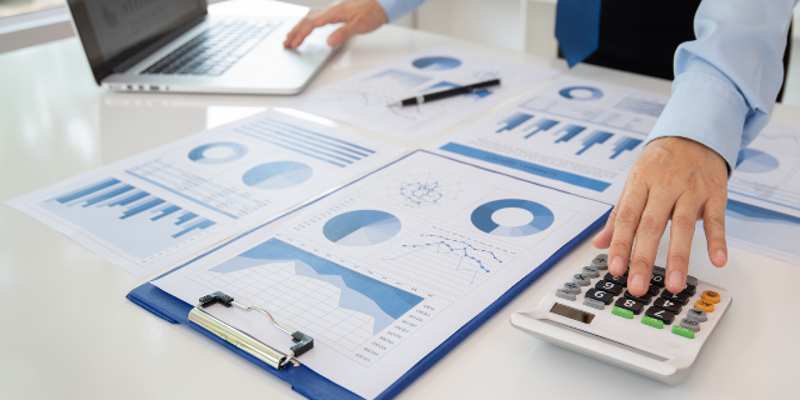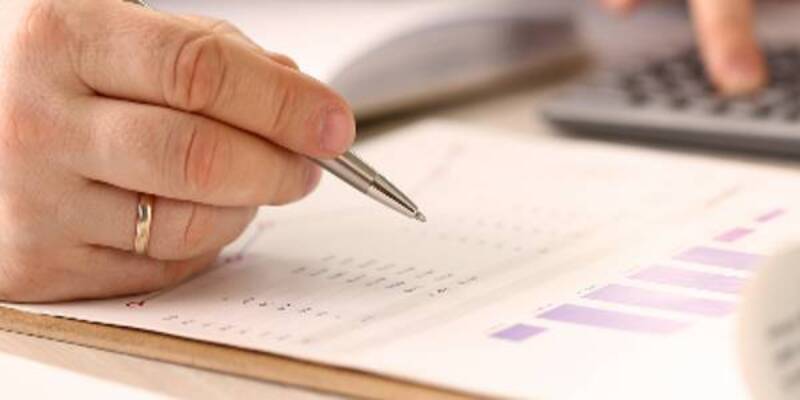Monday 28th of August 2023
The level of success of a business is measured by its financial health. A company is considered a
...high-performing entity if it boasts a substantial...

The level of success of a business is measured by its financial health. A company is considered a high-performing entity if it boasts a substantial cash flow and equity. Thus, business owners in Sunshine Coast, Qld, stay on top of the financial statements to keep track of the incomings and outgoings. It helps them to ascertain the profitability of the venture and make informed business decisions.
It is essential to determine the growth rate of the business to know how the business has progressed and whether its revenue is growing or not. Thus, entrepreneurs must know how to measure the financial health of the business with the help of various financial metrics. Here is how the evaluation can be conducted for a quick overview of the bottom line and to establish the stability of the entity.
Metrics Used to Measure the Financial Health of the Business
Business owners have to maintain a steady flow of income and generate profits to cover expenses and build cash reserves. They need to be aware of the financial status of the business to make investment-based decisions and allocate capital to different divisions. So, here are the key metrics that help them to check the venture’s financial well-being.

Liquidity is the measure of the capital and assets owned by the business that helps to pay its short-term debts. It determines whether the business can pay bills easily by understanding the ease of turning assets into cash. Liquidity ratios include the current ratio and quick ratio.
Entrepreneurs who purchase a business for sale Sunshine Coast use this metric to check the current assets of the business. The entity is worth buying if the current assets are sufficient to pay the debts comfortably. The formula for calculating the current ratio is total current assets divided by total current liabilities.
The quick ratio considers only liquid assets and does not include those that take time to be converted into capital unless the prices are reduced. The ratio can be calculated by deducting stock on hand from current assets and dividing it by current liabilities. It helps the entrepreneur to identify if the readily available cash is sufficient for debt payment in case there is no income for some time.
Profitability ratios are used to assess the ability of the business to generate profits and stay afloat by assessing its bottom line. It can be calculated by ascertaining net and gross margins that indicate the financial strength of the entity. The ratios can be used to compare the performance of the business with competitors.
The net margin ratio or net profit margin measures the level of profits generated from sales. It is calculated by dividing net profit by total sales. It evaluates the return on the business’s income on the Sunshine Coast.
The gross margin ratio is calculated by subtracting direct expenses from total sales and dividing the amount by total sales. It is then multiplied by 100 to get the gross profit margin ratio. It can also be written as gross profit divided by total sales.
Accountants use the solvency ratios to check if the business can pay its debts from other sources besides the cash flow. Using the ratio helps new businesses to avoid failure. The owner can use it to assess whether he can sustain the business in case of declining cash flow. It can be calculated with the help of the leverage ratio and debt-to-assets ratio.
The leverage ratio offers insight into the level of debt financing of the business. It is calculated by dividing total liabilities by equity. It helps to recognise the dependence on debt financing as compared to the equity of the business. It is needed when the business is looking for funding and needs to know whether it can borrow more.
The debt-to-assets ratio provides a peek into the long-term sustainability of the business. It is calculated by dividing total debts by total assets. It should be less than one to ensure the business meets its financial needs.
Entrepreneurs who acquire businesses for sale in Sunshine Coast often check the balance sheet ratios to determine the venture's return on investment. It includes two ratios – return on assets and investment- to check how the business has performed.
The return on assets ratio establishes how effectively the business utilises the assets. It is calculated by dividing net profit before tax X 100 by total assets. If the ratio is low, it indicates the business is not using its assets to generate the maximum output.
The return on investment ratio finds out whether the business is able to generate returns on the amount invested. The formula for ROI is net profit before tax X 100 divided by equity.

Accountants use management ratios to understand the utilisation of the working capital. It involves analysing the frequency of bill payments and receiving payments from customers. It also highlights the rate at which stock is replaced to identify gaps and get them filled for better operations and higher efficiency. It includes the stock days ratio, debtor days ratio and creditor days ratio.
The stock days ratio evaluates stock management and indicates the period for which the business held the stock. If the period for holding the stock is long, it indicates the company is not making sufficient profit. It is calculated by dividing average stock x 365 by the cost of goods sold.
The debtor days ratio evaluates accounts receivable. If the business receives late payments, it can affect the cash flow. It is calculated by dividing debtors x 365 by total sales.
The creditor days ratio assesses accounts payable. It helps to check if the payments are going at the right time and how they affect the cash flow. It is calculated by dividing creditors x 365 by purchases.
Wrapping Up
Entrepreneurs must use the financial ratios mentioned above to check the financial health of the business regularly. It allows them to understand the profitability and the capability of the business to perform well in the long run.

Tapping into a booming industry is one of the best ways to embark on an entrepreneurial journey. In Australia, the hospitality sector is the most thriving...

A strong aroma and rich taste of coffee are enough to awaken your energy for the entire day. Unsurprisingly, it is one of the most favourite beverages...